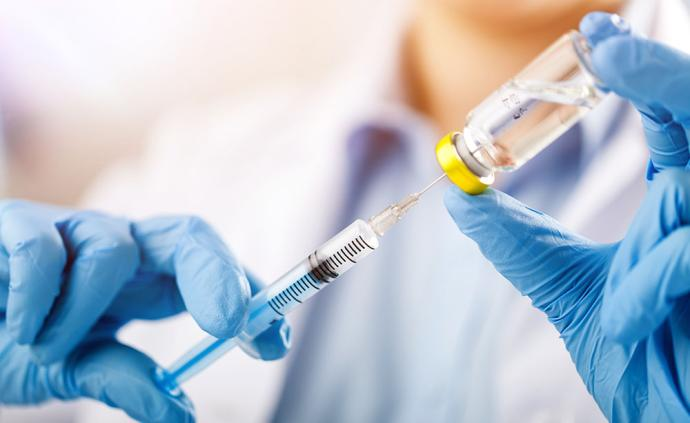
The global number of infections and deaths has continued to climb since the COVID-19 pandemic began. As of September 2021, the global death toll from COVID-19 passed 4.5 million, with more than 222 million cases.
COVID-19 is serious, and we cannot relax. Early detection, early reporting, early isolation and early treatment are necessary to quickly cut off the route of transmission of the virus.
So how to detect Novel Coronavirus Virus?
COVID-19 nucleic acid detection is testing and screening of confirmed COVID-19 cases, suspected COVID-19 cases and asymptomatic infected persons through laboratory methods.
1. Fluorescence real-time PCR method
The PCR method refers to the polymerase chain reaction, which dramatically increases tiny amounts of DNA. For novel Coronavirus detection, as novel Coronavirus is an RNA virus, the viral RNA needs to be reversely transcribed into DNA before PCR detection.
The principle of fluorescence PCR detection is: with the progress of PCR, the reaction products continue to accumulate, and the intensity of fluorescence signal also increases proportionally. Finally, a fluorescence amplification curve was obtained by monitoring the change of product quantity through the change of fluorescence intensity. This is currently the most commonly used method for novel Coronavirus nucleic acid tests.
However, RNA viruses are easily degraded if they are not properly preserved or submitted for examination in time. Therefore, after obtaining patient samples, they need to be stored in a standardized manner and tested as soon as possible. Otherwise, it is likely to lead to inaccurate test results.
Virus sampling tubes(Used for the collection,transportation and storage of DNA/RNA virus samples.)
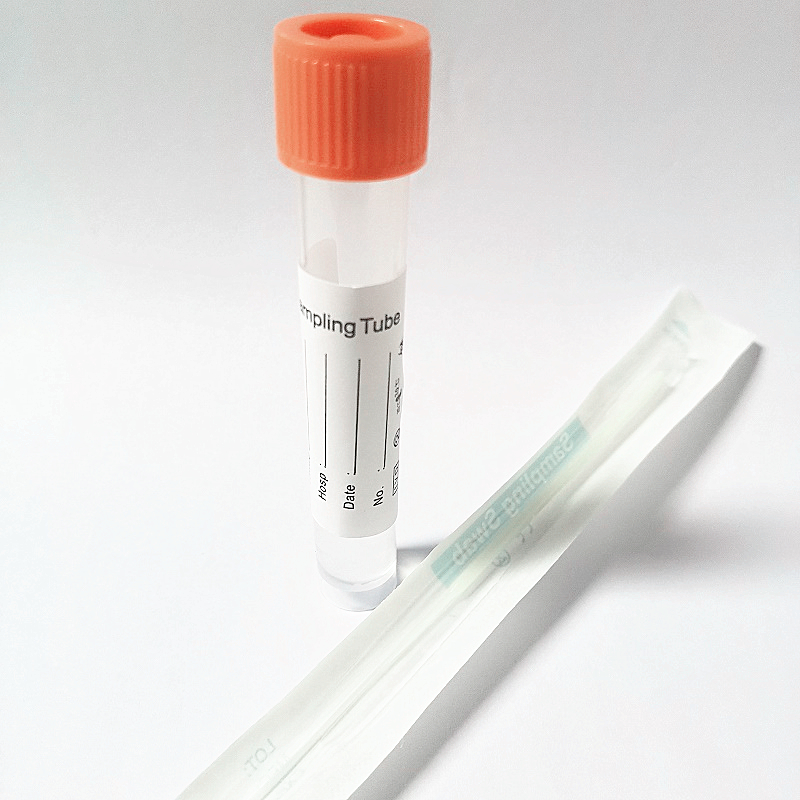
2. Combined probe anchored polymerization sequencing method
This test mainly uses specialized instruments to detect the gene sequences carried by DNA nanospheres on sequencing slides.
The sensitivity of this test is high, and it is not easy to miss diagnosis, but the results are also easily affected by a variety of factors and inaccurate.
3. Thermostatic amplification chip method
Detection principle is based on the complementary combination of nucleic acids between the development of a detection method, can be used for qualitative or quantitative measurement of nucleic acids in the body of living organisms.
4. Virus antibody detection
Antibody detection reagents are used to detect IgM or IgG antibodies produced by the human body after the virus enters the body. IgM antibodies appear earlier and IgG antibodies appear later.
5. Colloidal gold method
Colloidal gold method is to use colloidal gold test paper for detection, which is often said at present rapid detection test paper. This kind of examination is in 10~15 minutes or so commonly, can obtain detection result.
6. Chemiluminescence of magnetic particles
Chemiluminescence is a highly sensitive immunoassay that can be used to determine antigenicity of substances. Magnetic particle chemiluminescence method is based on chemiluminescence detection, adding magnetic nanoparticles, so that the detection has higher sensitivity and faster detection speed.
COVID-19 nucleic acid test VS antibody test, which to choose?
Nucleic acid tests are still the only tests used to confirm Novel coronavirus infections.For suspected cases of novel Coronavirus nucleic acid negative test, antibody test can be used as a supplementary test indicator.
Novel Coronavirus(2019-nCoV) Nucleic Acid Detection Kit (Fluorescence PCR Method), Nucleic acid purification of 32 samples can be completed in as little as 20 minutes.
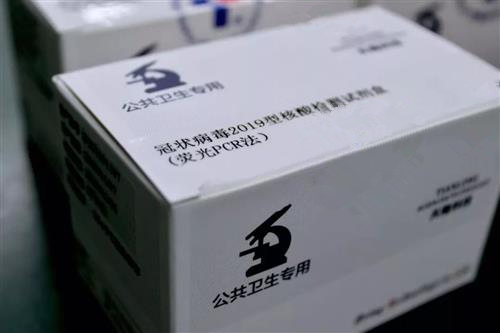
Real-time Fluorescence Quantitative PCR Analyzer(16 samples, 96 samples)
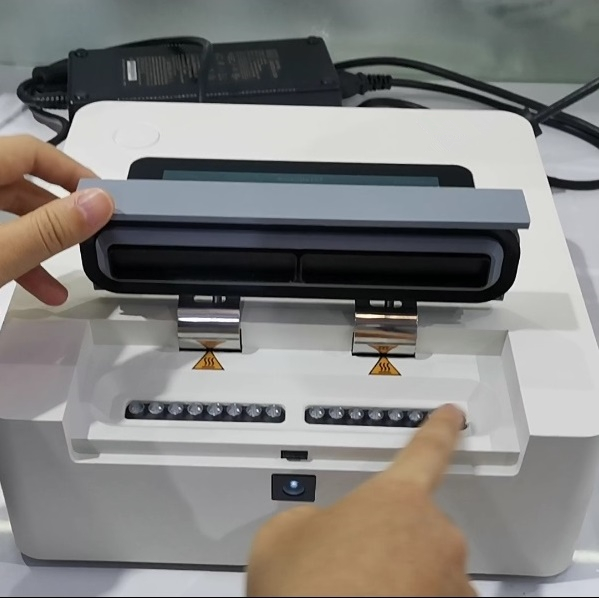
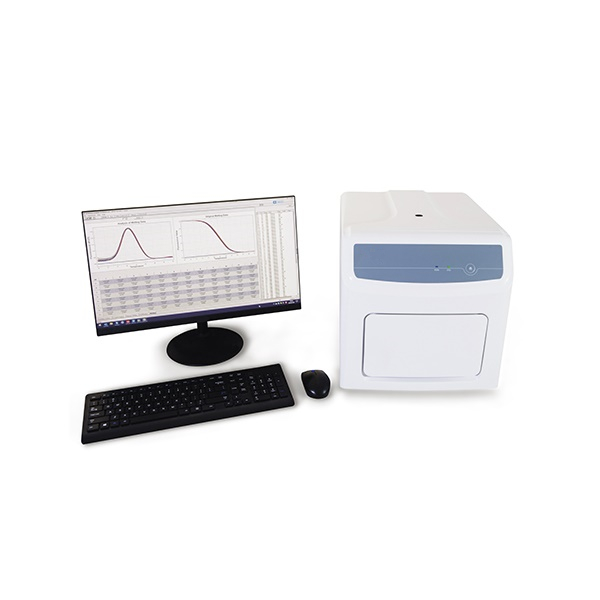
Post time: Sep-13-2021




